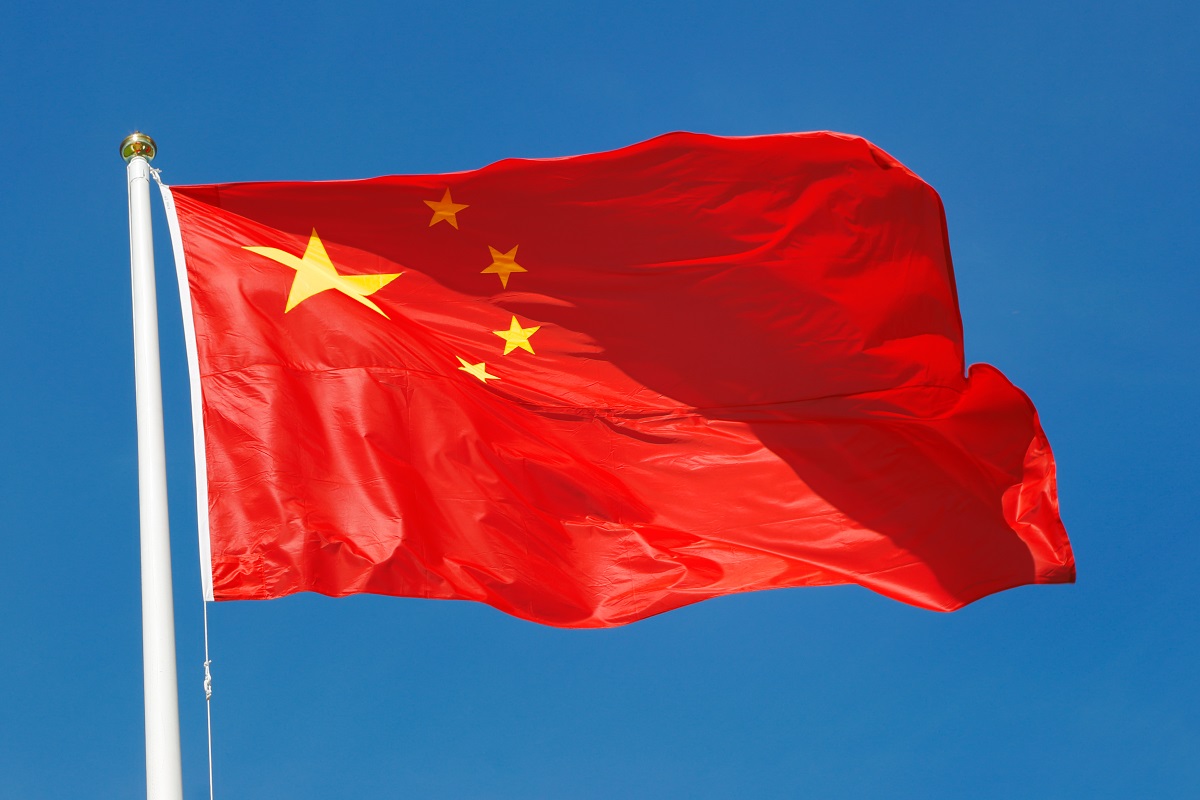Still unexplained
The hunt for the origins of Covid-19 has for the past four years been a tangled web of politics, power struggles, and international finger-pointing.
Giving its own version of the 15 June incident, Global Times accused the Indian troops of failing to honour their promise.

Representational image (Photo: IStock)
China’s official media today continued to push the Communist Party’s anti-India agenda, ridiculing Defence Minister Rajnath Singh’s statement in Parliament on the 15 June Galwan Valley clash even as it sought to boost the morale of the People’s Liberation Army (PLA) which is locked in a bitter stand-off with the Indian Army at eastern Ladakh for more than four and a half months.
Reacting to Singh’s remarks that the Indian Army inflicted heavy casualties on the Chinese Army in the 15 June skirmish, state-run Global times said such ”rhetoric” was mainly aimed at inspiring Indian nationalist forces.
Quoting what he called the information he had gathered from people familiar with the situation on the Chinese side, newspaper’s Editor-in-Chief Hu Xijin said the number of Chinese soldiers killed in the clash was far less than the number of 20 Indian soldiers who died.
Advertisement
Many of the Indian soldiers were wounded and frozen to death as they could not get medical treatment.
But the killing of even one Chinese soldier could be counted as a huge loss, he added.
China has officially refused to divulge the number of PLA troops who lost their lives in the clash though the assessment by some Indian officials suggests that 35 of them were killed or injured in the incident.
Certain international websites have put the number of casualties on the Chinese side at about 100. Beijing fears admitting that it had lost troops, that too more in number than its opponent, could lead to a major unrest which could even put the Communist Party regime’s future at stake.
Giving its own version of the 15 June incident, Global Times accused the Indian troops of failing to honour their promise.
A few officers and soldiers of the Chinese Army went to the border area which the Indian troops illegally trespassed into for negotiation, but the Indian Army attacked them without any warning, leading to the clash. At the start of the skirmish, the Chinese soldiers were outnumbered, but some of them fought to their last breath, and no one was captured by the Indian army.
The Indian troops fled in great disorder after the Chinese Army began to counterattack, with some rolling down the mountains and some falling into the river. Quite a number of Indian soldiers surrendered to the PLA, and were captured, the daily claimed. It said that in the latest conflict near the Pangong Tso Lake, the Indian troops claimed to have “preempted” PLA’s activity and gave an impression that they had gained an advantage by occupying some key heights.
But the PLA soldiers disregarded the Indian threats and drove away the Indian troops from the highlands. The Chinese Army has gained advantageous positions at many points in the stand-off, the daily added. It said frontline officers and soldiers of the PLA now have high morale at the ChinaIndia border.
The Indian troops were no match for them at all. ”The conflicts this year have severely dampened Indian troops’ arrogance in nibbling at Chinese territory, making India re-examine their understanding of China’s determination, and will to resolutely defend its territorial sovereignty.”
Advertisement